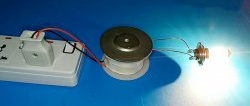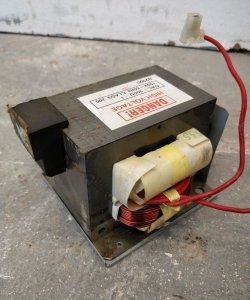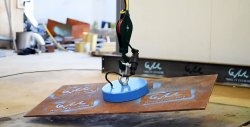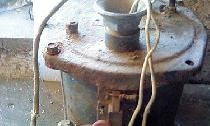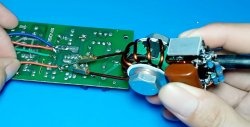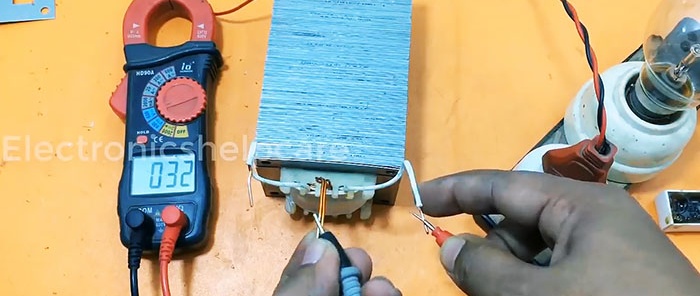
Once I needed a powerful transformer with bipolar power supply for a low-frequency power amplifier. I searched the bins and didn't find anything like it. Unfortunately, there was nothing like this for sale locally either. Then 3 identical transformers from old music centers caught my eye. And a great idea came to mind: to make one powerful transformer out of three small ones.

Making a powerful transformer from three small ones
We disassemble the magnetic circuit of all transformers. To do this, we first knock out all the “I”-shaped elements located in a checkerboard pattern, and then all the “W”-shaped plates.

We remove layers of insulation and windings from the frames.

We saw off the end of two frames only on one side. And the third has both ends, so that only the side plates remain.

Using super glue we glue the frame together.

We wrap it with the first insulating layer for proper fixation. We remove possible spreading of the glue with a file after hardening. The entire surface inside must be smooth and hard, otherwise the core will not fit tightly.

We measure the internal cross-section of the future magnetic circuit and, using special formulas, calculate the number of turns for the primary and secondary windings.

We wind the first winding, it is 268 turns according to calculations (for 230 V power supply). But I brought it up to 300 to make some reserve and reduce the no-load current.

We wrap one turn to another in layers. We isolate each layer.

The primary winding is ready. We draw conclusions through insulating tubes.

We insulate in two layers to create reliable galvanic isolation.

We wind the secondary winding. For a “35 V-0-35 V” output with a total voltage of 70 Volts, it is necessary to wind 84 turns, tapped from the middle.

We make a tap from the middle, from 42 turns.

The result was a secondary winding wound with 1.2 mm wire.
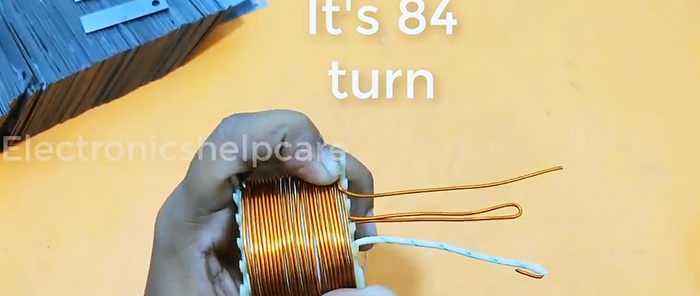
We assemble the transformer core. First, we install “W”-shaped plates in a checkerboard pattern.
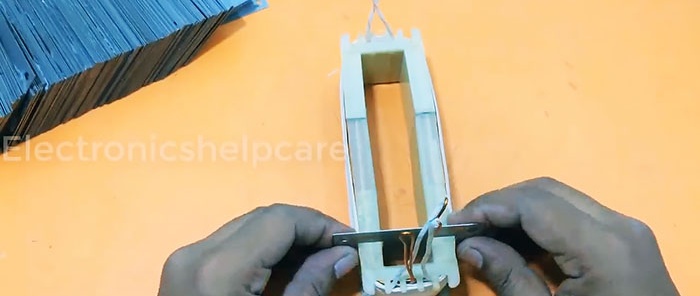
And at the very end, “I” is figurative.

Checking the transformer. To do this, for safety, we connect the primary winding to the network through an incandescent lamp.

Everything is working. We measure the voltage at the output of the secondary winding. The result was approximately 32 Volts on each arm.

In general, the idea is good, the transformer works, does not heat up, there is enough power.
Watch the video
Watch the video for details.
